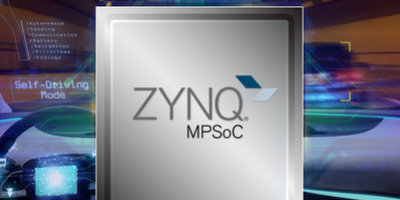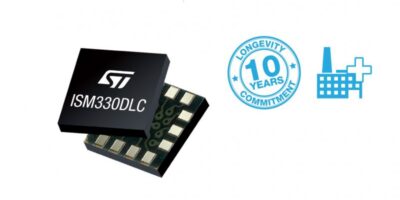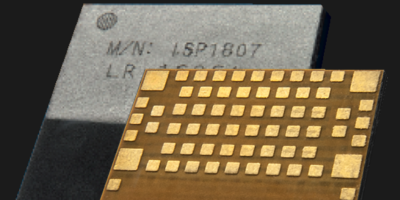Xilinx has received the IEC 61508 specification certificate, issued by Exida, for the Zynq UltraScale+ MPSoC family. The processors has been assessed as SIL 3, HFT1 capable, according the IEC 61508 functional-safety specification. This means product developers can build systems including artificial intelligence (AI) for safety-critical applications using Xilinx’s feature-rich, integrated single-chip MPSoC family, with the assurance of IEC 61508 functional-safety certification up to Safety Integrity Level 3 (SIL 3).
The industry’s first commercial ARM-based SoC, the Zynq-7000 is able to demonstrate compliance to functional safety requirements for on-chip redundancy (HFT=1). The Zynq-7000 and Zynq UltraScale+ MPSoC families feature isolated function domains on a single die with hardware protection mechanisms, creating the required hardware fault tolerance consistent with on-chip redundancy. Developers can take advantage of the embedded FPGA fabric to accelerate performance beyond conventional software-based systems, explains Xilinx, to achieve the fast response times and low latency typically required of safety-critical systems. Xilinx has also introduced safety-enhanced automotive-qualified XA Zynq UltraScale+ MPSoCs, certified to ISO 26262 ASIL C (pictured).
Combined with the recent IEC 61508 safety certification of the supporting Vivado Design Suite by TÜV Süd and the MicroBlaze compiler for additional soft processors by SGS-TÜV Saar, Xilinx believes it provides a complete ecosystem with supporting documentation, assessment reports and IP, to minimise risks for customers.
Developers can find tools and resources at Xilinx’s online Functional Safety Lounge. Privileges include access to the Safety Manual for Zynq UltraScale+ MPSoC, device and architecture updates, tool-flows and documentation including future reports and assessments.
This news story is brought to you by softei.com, the specialist site dedicated to delivering information about what’s new in the electronics industry, with daily news updates, new products and industry news.
To stay up-to-date, register to receive our weekly newsletters and keep informed of the latest technology news and new products from around the globe. Simply click this link to register here: softei.com
Readers can also register to receive the monthly newsletter from our sister site, weartechdesign.com. This is the only website dedicated to developers of wearable electronic products. Simply click this link to register: weartechdesign.com
We have a Fitbit to give away on both Softei.com and Weartechdesign.com! Register today to enter the competition to win a Fitbit at softei.com or weartechdesign.com.







